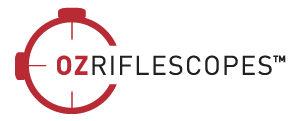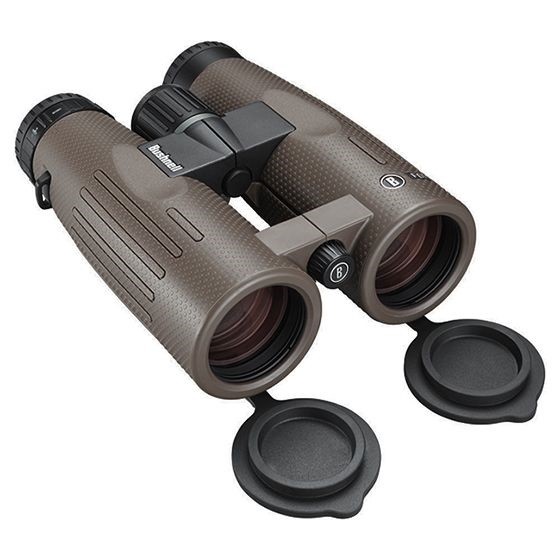CHAPTER 2: WHAT TYPE OF BINOCULARS DO I NEED?
If you’ve read the first chapter in our Beginner’s Guide to Binoculars, you will know that there are a lot of factors that need to be considered before you make your purchase. Not all binoculars are created equally and it stands true depending on the activity you plan to use the binoculars for. Here we will dive deeper into the characteristics of binoculars you should consider for different activities.
BIRDWATCHING
For birdwatching, it’s best to get something more compact and lightweight to make it easier to carry around. The ideal size for the objective lens should be around 42mm. A smaller objective lens will reduce the light gathering ability, which leads to a darker image. As for magnification, 8x magnification power should be enough for birdwatching, while providing a wide field of view. However, you should prioritize the objective lens size rather than the magnification since it is better to have a brighter image for birdwatching. A Roof prism binocular is a good choice, since they are usually sleeker and easy to carry around. As for protection, we would recommend getting binoculars with a waterproof rating.
HUNTING
If you’re looking for binoculars to bring on your next hunting trip, we suggest something with 10x magnification power to help you see further in open areas. For the objective lens, an ideal size would be 40 - 42mm for better bright images while still being compact and easy to carry around. If you plan to use your binoculars in low light conditions, you should look for coated optics that perform well, even in low light conditions. A good example would be the Saxon Rosella 10x42
Binoculars with fully multi-coated optics that can deliver great-looking images even in dim lighting. For hunting, it is best to have both waterproof and fog proof on your binoculars to help you continue tracking your target in any weather.
TRAVEL AND HIKING
For travel and hiking, the main priorities should be the size and weight since you will often be bringing them out on long walks. 7 - 10x magnification would be the sweet spot to enable you to view far away scenery while maintaining a wide field of view. As for the objective lens size, anything below 32mm would be ideal to keep the form factor compact. One model, in particular, that checks all the boxes for travel and hiking is the Bushnell Legend Ultra HD 10x25 Binocular. It’s compact, has rubberised grips, a decent amount of magnification, and the lenses are coated to produce color-accurate images.
SPECTATING
Other than the different magnification requirements and lighting conditions, other considerations are size and single handed use. Spectating binoculars should be comfortable enough to have around your neck all day without hindering you from enjoying the moment. The recommended magnification is around 8 - 10x with an objective lens of around 32 - 50mm. To help you focus on the action, you should look for focus-free binoculars that use your eyes to stay focused on fast-moving objects without the need to fiddle around with the focus adjustment. A good option is the Bushnell Spectator Sport 8x32 Binocular. It has a small form factor with multi-coated optics for better image quality, and features the PermaFocus technology for single-handed use.
THEATER / CONCERT
Stage performances require unobtrusive, compact binoculars that can be carried in a pocket or handbag. The recommended magnification is 3 - 8x, with an objective size of 20 - 32mm, in the roof prism form factor. Venues can be large or small, and you may be close to the stage or very far. We suggest going for a binocular with adjustable focus, so you can see the action clearly, no matter where you are. The Steiner Champ 8x22 Binocular is a good choice for getting closer to the stage from the back of a large arena.
ASTRONOMY
For astronomy, many people would go for a regular telescope. However, some would prefer binoculars due to their ‘portability’ and wider field of view. Binoculars made for astronomy are known to be very bulky. That’s why it’s recommended to mount the binoculars on a tripod for a more stable view. Check out our tripods!
The magnification of an astronomy binocular should be in the range of 10 - 25x, with an objective lens of 50mm or more. The reason for the large objective lens is to increase the ability of the binoculars to gather light, as many celestial objects are very faint.. Binoculars made specifically for astronomy can also be used for terrestrial viewing. One of the better options for astronomical binoculars is the Celestron SkyMaster 20x80 Binocular. One of its unique features is the lens coatings, which deliver high contrast images and improve the light transmission of its large 50mm lenses.
MARINE
If you’re planning on getting binoculars for use in environments with lots of water, then a marine binocular is what you need. The most important factors when it comes to a marine binocular is its field of view and water resistance. They need to be waterproof, fogproof, and resistant to corrosion. Marine-specific binoculars have rubberized coatings on their outer shell for additional protection. Lower magnification of around 7x is recommended for marine binoculars to provide a more stable image when observing from a ship/boat. The objective lenses can be between 32 - 50mm for spotting ships and whales under normal lighting conditions. A popular choice for a marine binocular is the Bushnell Marine 7x50 Binocular with Compass. Other than fulfilling the general requirements for a good marine binocular, it also comes with a compass, and thick rubber armor for extra protection.
Alternatively, if you still feel lost on binoculars and how they work, we recommend you have a read through our first chapter here. If you want to browse a bigger selection of binoculars, you can head to the binoculars section at OZScopes for more choices from reputable brands!

